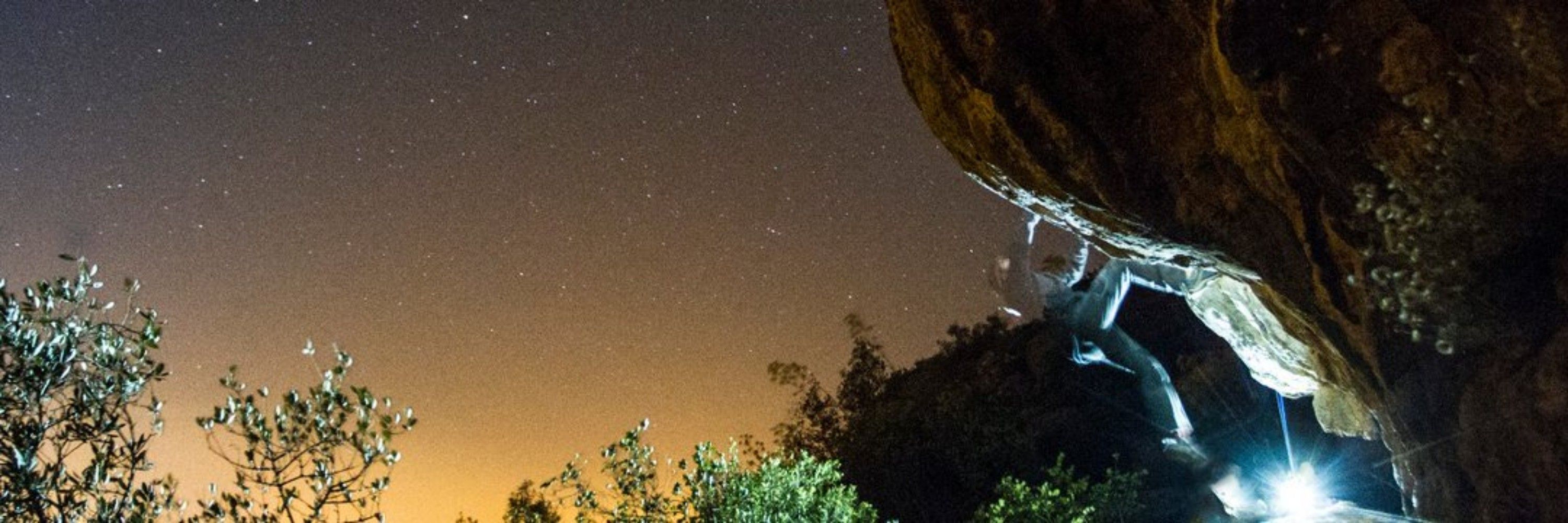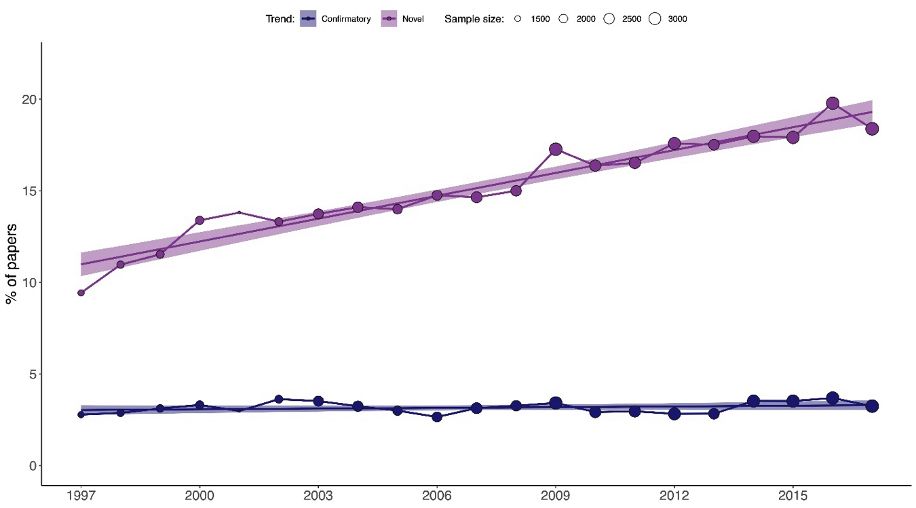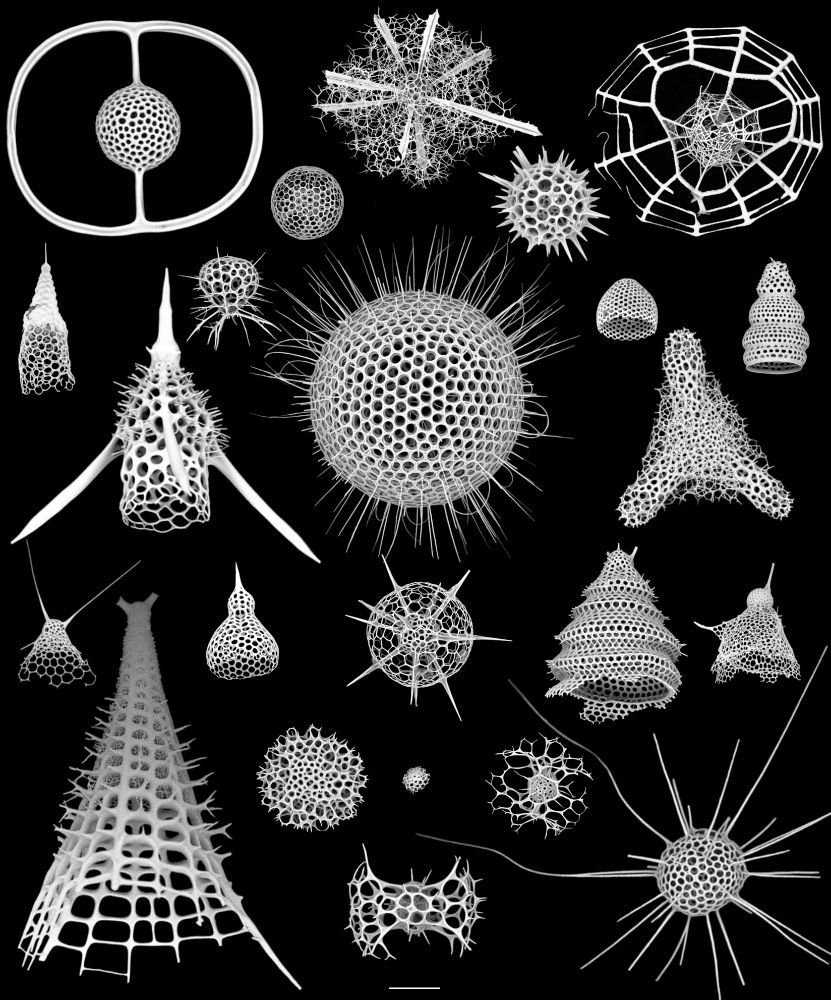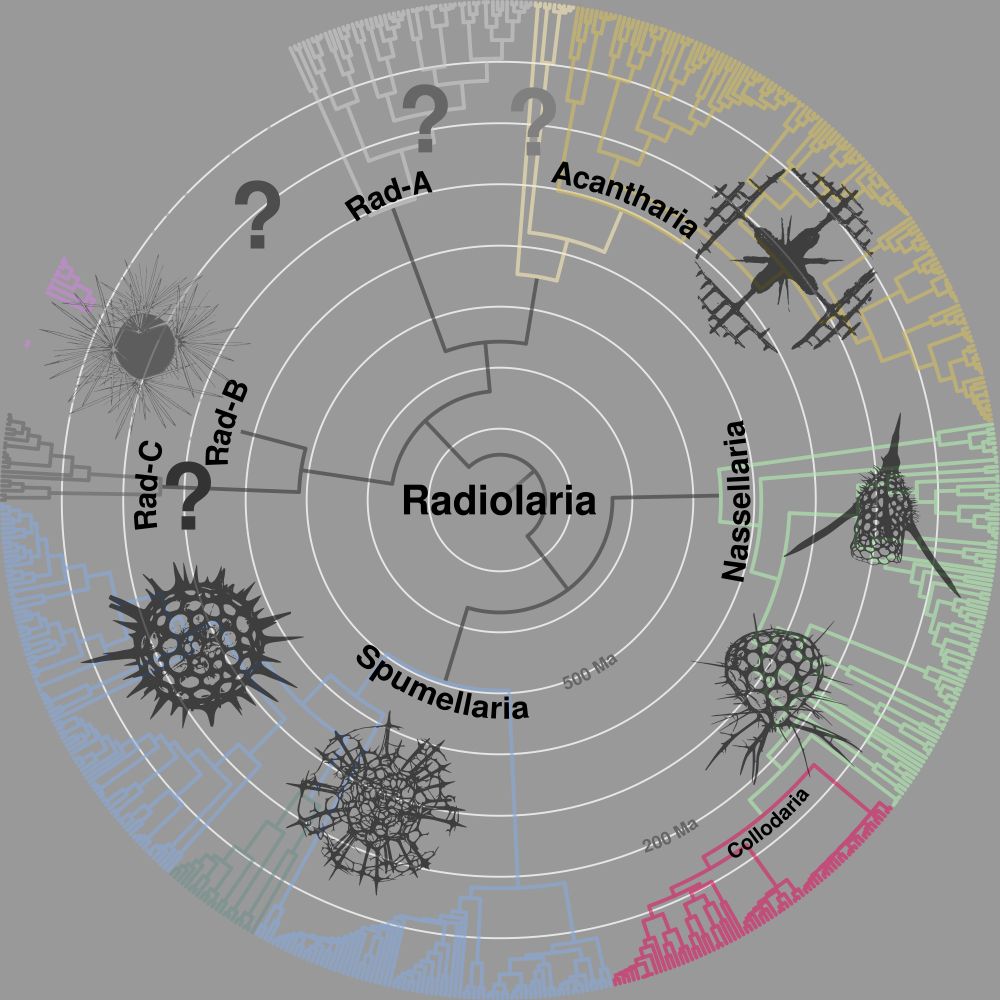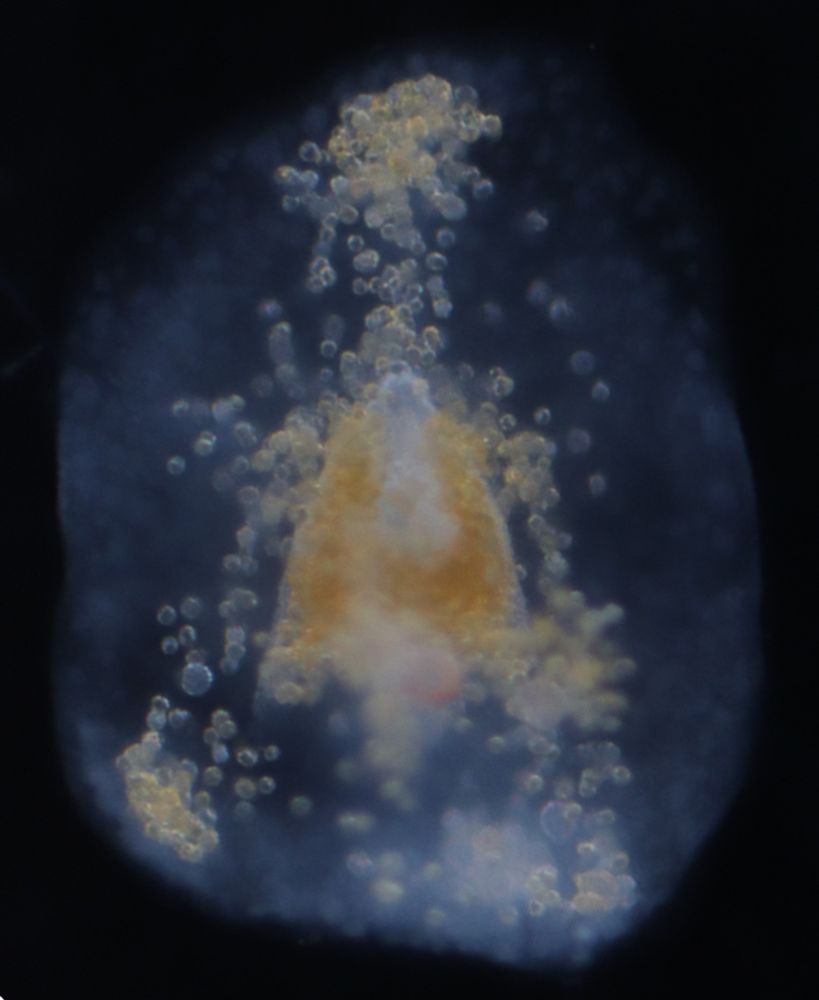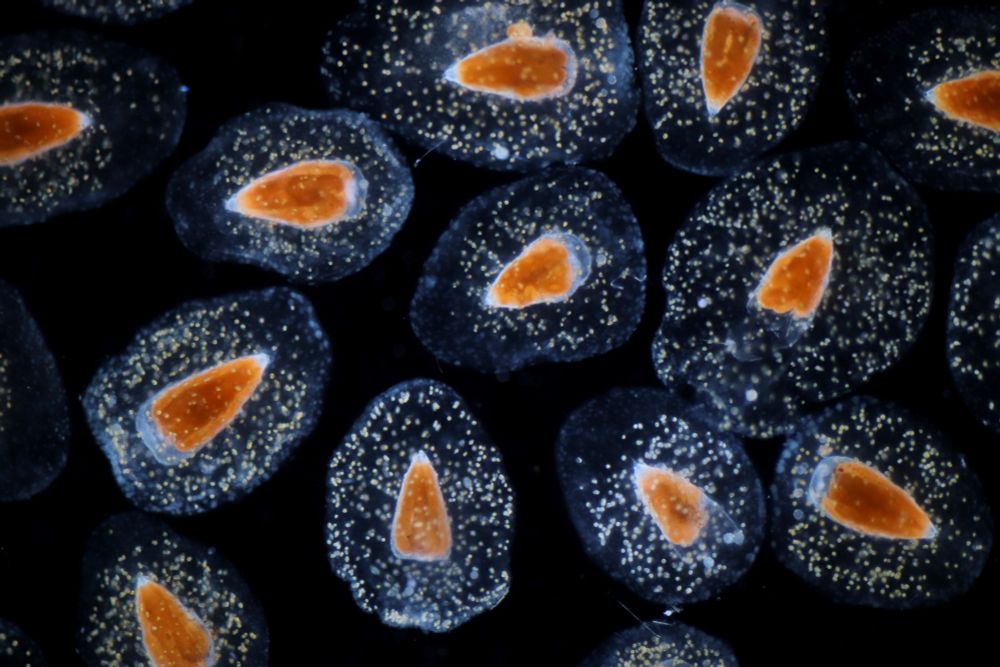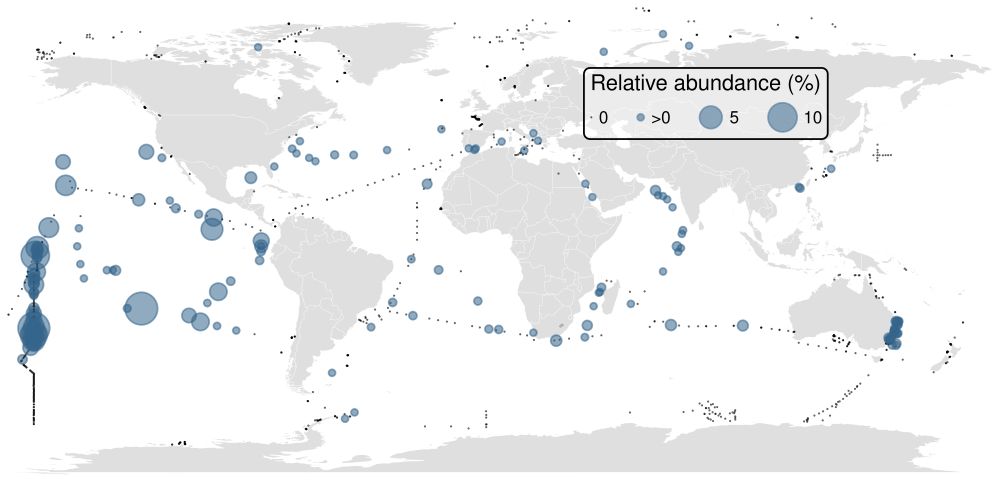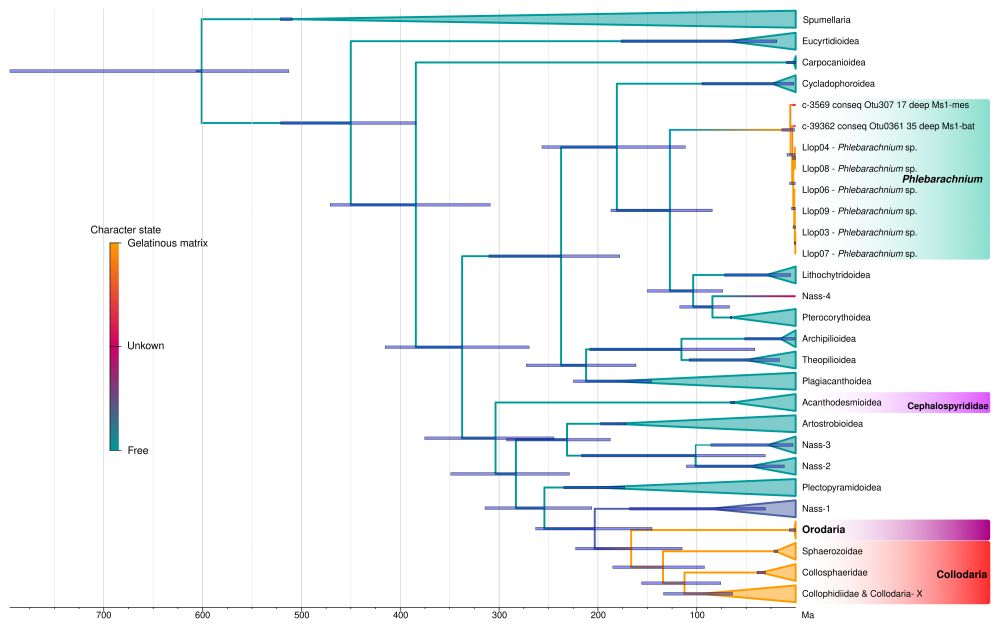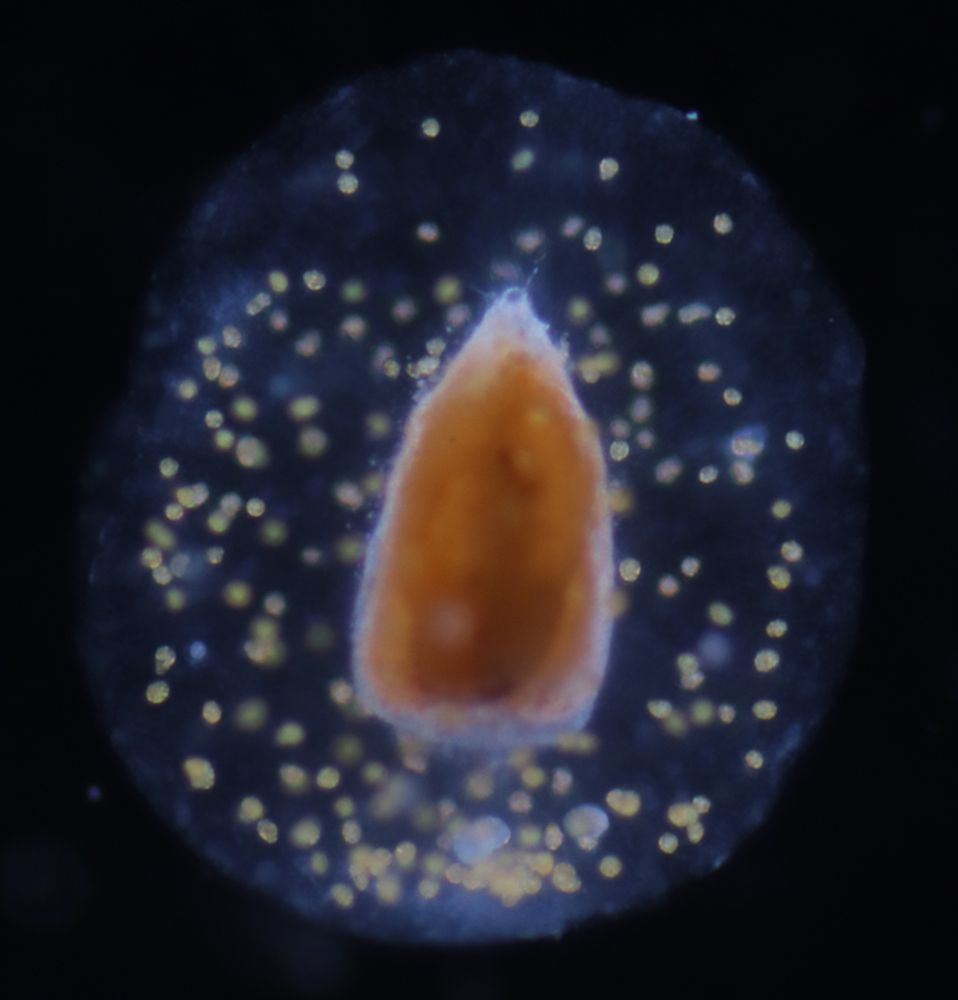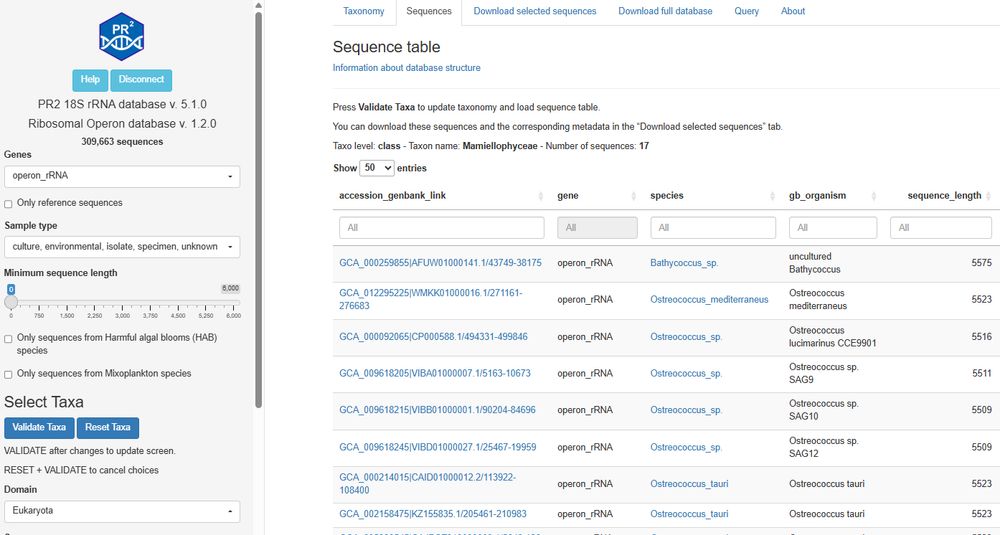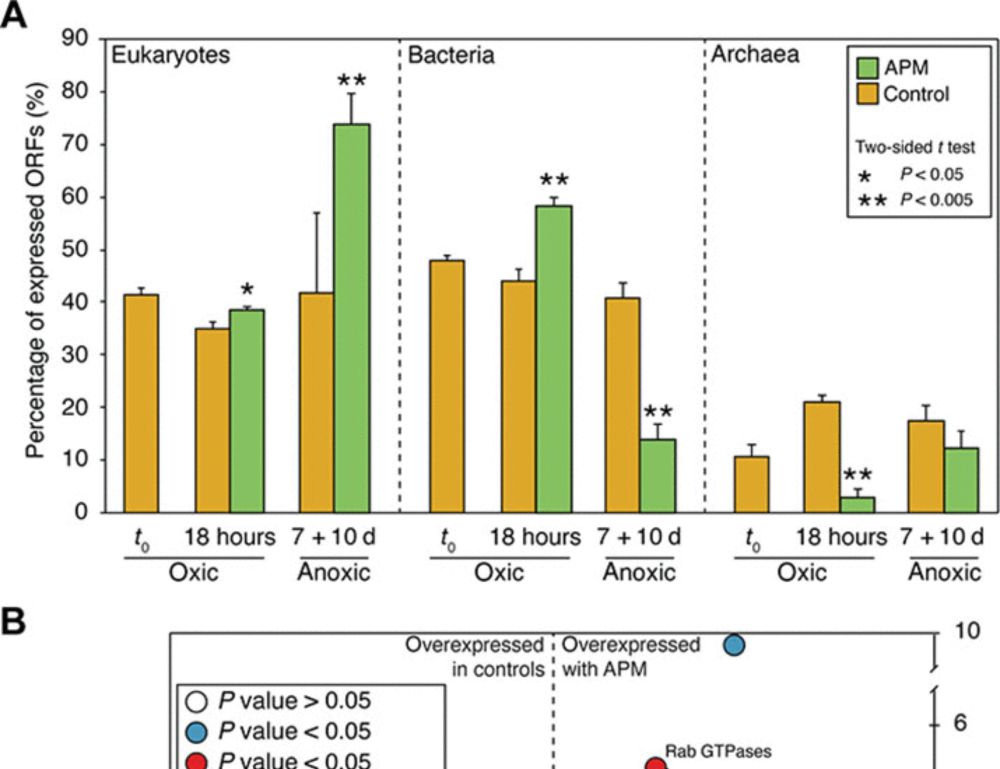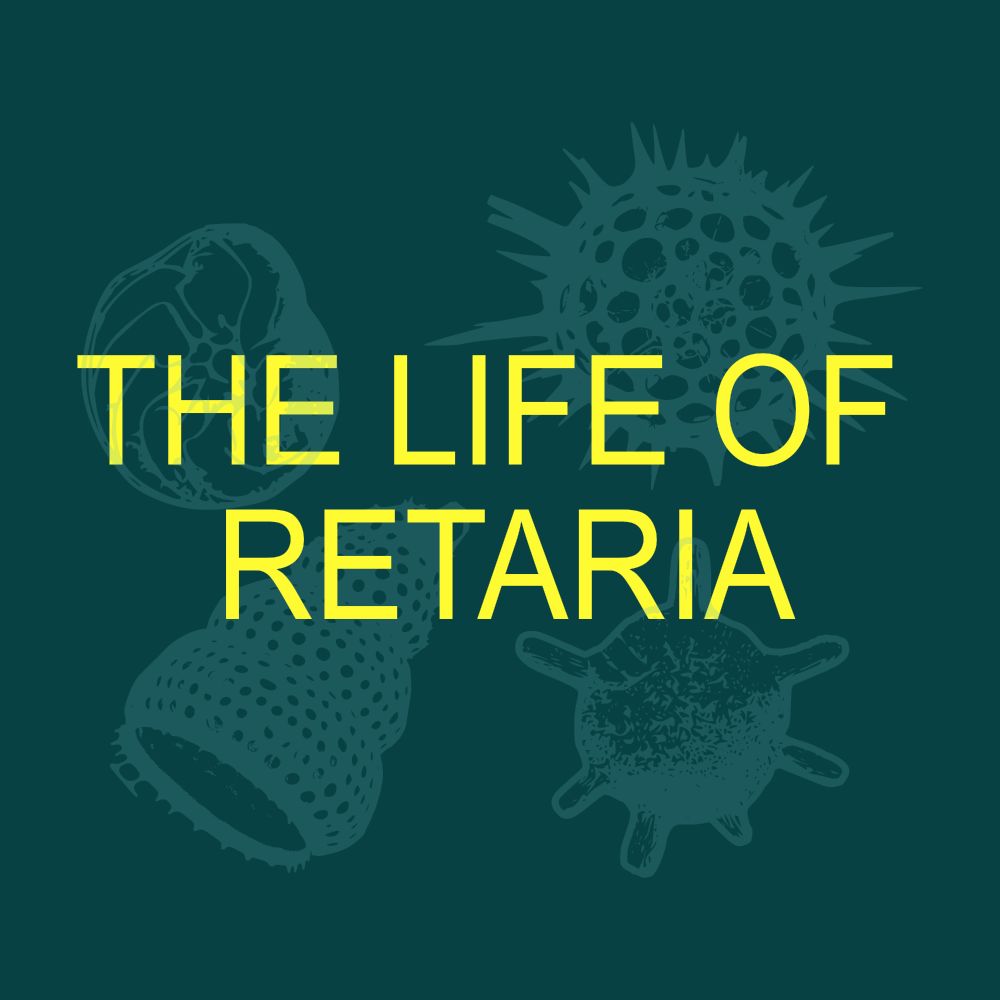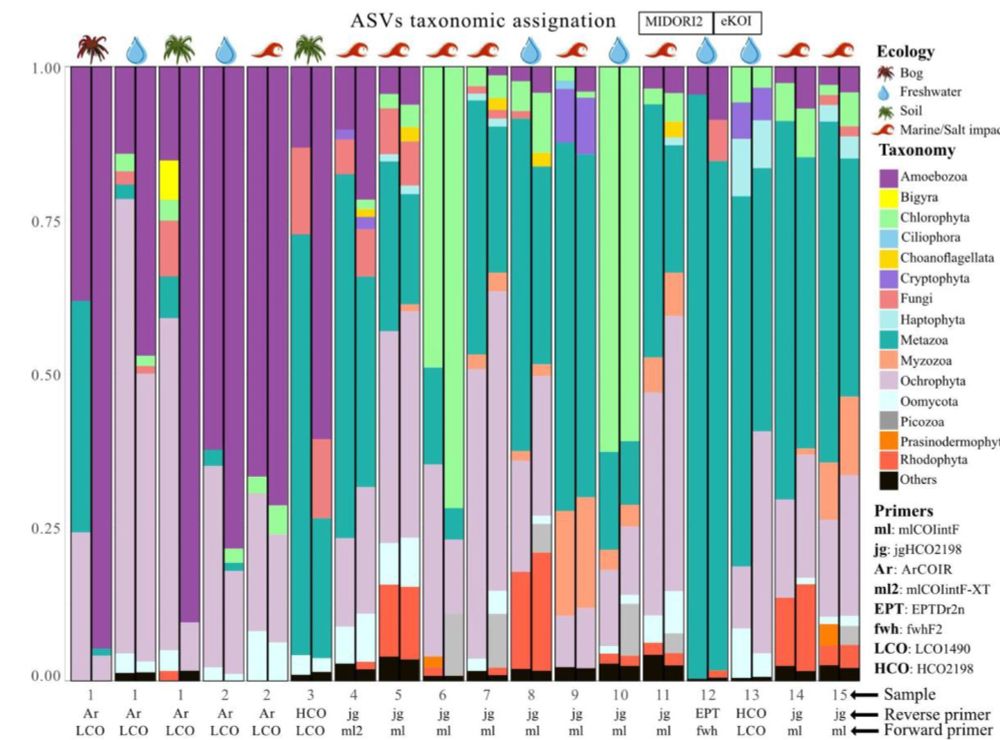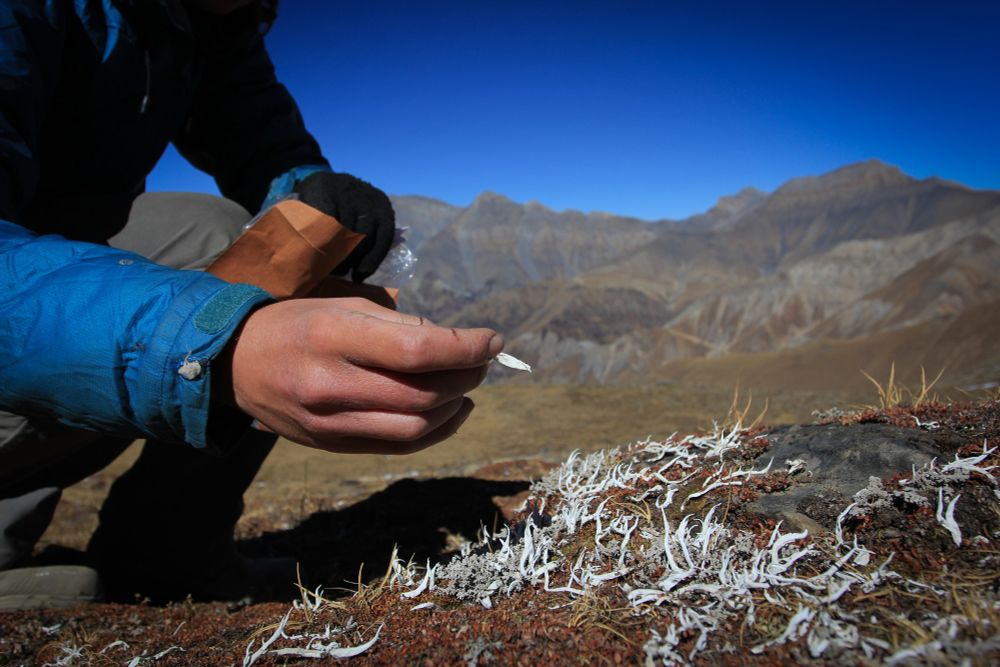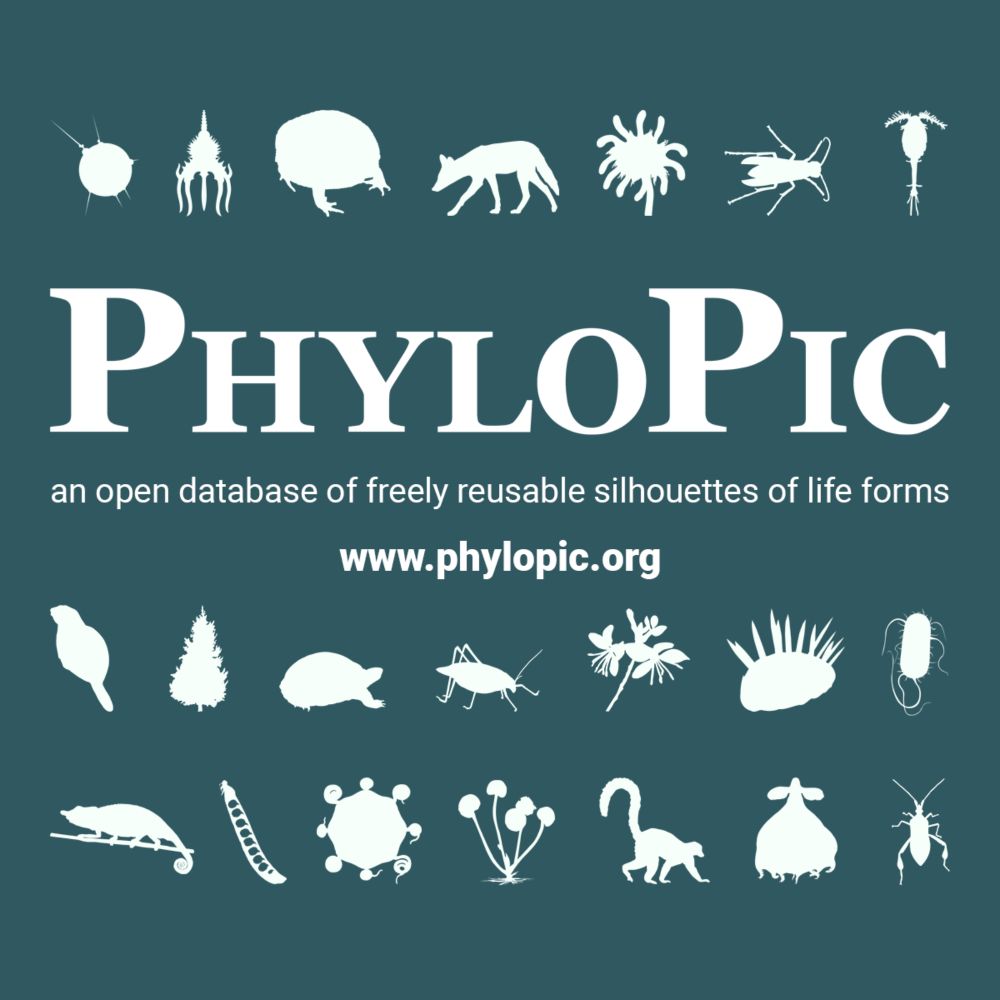Miguel Méndez Sandín
@sandinmm.bsky.social
530 followers
310 following
14 posts
Understanding eukaryotic molecular diversity and evolution. Marie Skłodowska-Curie Postdoctoral Fellow @IBE_Barcelona @beaplab.bsky.social
https://miguelmsandin.github.io/
https://thelifeofretaria.github.io/
Mastodon: @[email protected]
Posts
Media
Videos
Starter Packs
Reposted by Miguel Méndez Sandín
Josef Uyeda
@pseudacris.bsky.social
· May 21
Reposted by Miguel Méndez Sandín
Reposted by Miguel Méndez Sandín
Reposted by Miguel Méndez Sandín
Johan Renaudie
@plannapus.bsky.social
· May 7
Reposted by Miguel Méndez Sandín
Reposted by Miguel Méndez Sandín
Reposted by Miguel Méndez Sandín
Reposted by Miguel Méndez Sandín
MBARI
@mbarinews.bsky.social
· Dec 19
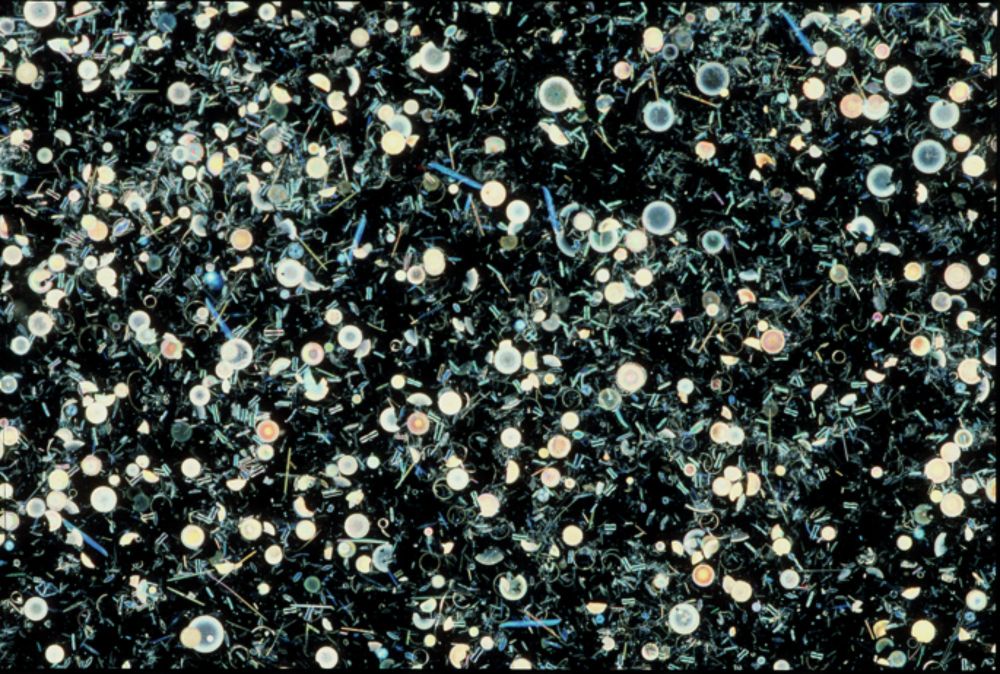
Polar diatoms fade in the twilight zone - Nature Geoscience
The intense, efficient transfer of organic carbon from the surface to the deep Southern Ocean make it a key component of the global carbon cycle. Observations show that this process isn’t always drive...
www.nature.com
Reposted by Miguel Méndez Sandín
Reposted by Miguel Méndez Sandín
Fabien Burki
@fburki.bsky.social
· Dec 10
Reposted by Miguel Méndez Sandín
Reposted by Miguel Méndez Sandín
Andrew Roger
@andrewjroger.bsky.social
· Nov 25
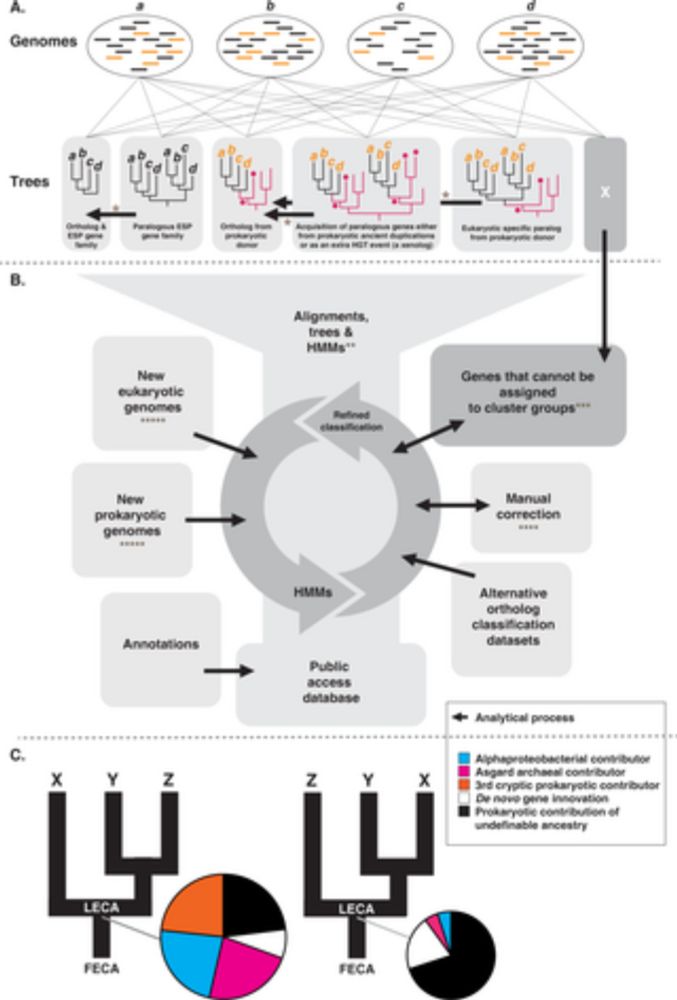
Reconstructing the last common ancestor of all eukaryotes
Understanding the origin of eukaryotic cells is one of the most difficult problems in all of biology. This Consensus View lays out guidelines to identify the gene repertoire of the Last Eukaryotic Com...
journals.plos.org
Reposted by Miguel Méndez Sandín
